In October 1922, a photograph by Man Ray called View from an Aeroplane appeared in Littérature. While its winking title leads the viewer to believe otherwise, this is a photograph of dust: more specifically, of the dust coating the glass panels that make up Marcel Duchamp’s La Mariée mise à nu par ses célibataires, même (The Bride Stripped Bare By Her Bachelors, Even). In the same month, T. S. Eliot published The Waste Land in The Criterion. ‘I will show you something different from either / Your shadow at morning striding behind you / Or your shadow at evening rising to meet you’, Eliot’s speaker promises: ‘I will show you fear in a handful of dust.’ Dust was, so to speak, in the air.
The drama of Eliot’s lines proceeds, at least in part, from their treatment of scale, from their claim to reveal something immense by looking at something very small. Like William Blake, Eliot discerns ‘a World in a Grain of Sand’. The possibility that Man Ray’s minute particles could contain in their accumulations the drifting unlocalisability of abstraction – that it might be possible to meander grain by grain from the domestic to the cosmic – fascinates David Campany, the curator of this exhibition, which opened this month at the Whitechapel Gallery.
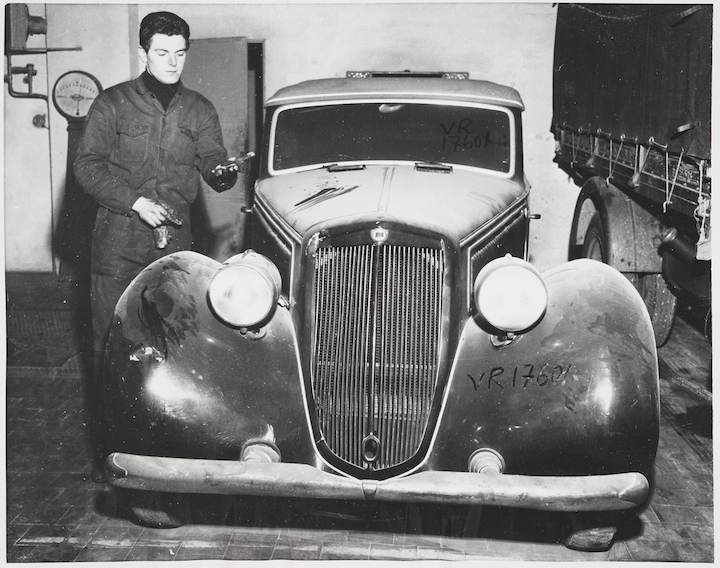
Benito Mussolini’s dust covered motor car languishes in a Milan garage ten years after his death (1955), photographer unknown. Image courtesy of Whitechapel Gallery
The title of Man Ray’s photograph hints too at this prospect, inviting the viewer to see the scratches, hair, and fibres it depicts as the features of an alien landscape seen from above. As Campany points out in the exhibition catalogue, Man Ray maintained that he would rather ‘photograph an idea than an object, and a dream rather than an idea’. It is Campany’s aim, however, to show that View from an Aeroplane contains within it the possibility that all three – ideas, objects, dreams – can be captured at once. Ray’s photograph is, in Campany’s eyes, at once abstract (its runes and blobs are conspicuously multivalent), and a paradigm of fine-grained particularity.
It is indicative that the photo was retitled Dust Breeding in 1964. This title change indicates a move from perspective to process and, like the proliferating dust that coated Duchamp’s original artwork, this exhibition too argues by accretion. A glass case at the centre of the first room gathers together in heaps duplicates of Ray’s image in magazine cuttings, films, other photos.
Most often, however, the exhibition proceeds by visual echo or analogy. Early 20th-century aerial photography is set alongside press photographs and (astonishingly) postcards depicting dust storms in the American midwest. Mona Kuhn’s large-scale print from Google Earth, Ruins in Reverse (2012), shows the abandoned beginnings of a Californian suburb, though they might just as easily depict the scars left by hydraulic fracking (as does Louise Oates’s Notes on Hydraulic Fracking, from 2014, also on display), or the weird whorls and scars on the surface of Mars in Eva Stenram’s Per Pulverem Ad Astra (2007). Taken together, these images show the persistence of visual themes connected to Dust Breeding, but they also invite a set of larger questions about photographic particularity and abstraction, the location of artistic value, and the processes of influence in visual art.
‘Dust is an emotive substance’, Camany puns. But as this exhibition relentlessly demonstrates, it’s also an extremely mutable one, breeding and proliferating unpredictably. Its affect is likewise mixed. Much of this exhibition is devoted to images of environmental disaster or of war, particularly the effects of the nuclear attacks of the Second World War; the soundscape of Kirk Palmer’s video work Murmur (2006) dominates the show’s second room, even before the screen becomes visible. These images of disaster on an immense scale are juxtaposed with more intimate ones – a photograph of a woman drawing in dust on a table with her finger, for example, or a forensic expert dusting for prints, and of course Dust Breeding itself.
Lingering behind these analogies is a broader question of significance. Is there something flattening about dust’s smudgy capacity, in this context, to soften the historical particularity of such practices and events? Is it productive, or ethical, to understand Man Ray’s dust as an anticipation (if that’s what is implied here) of the effects of fracking and Hiroshima, equally? If what makes dust so appealing as a theme is its habit of dispersal, its status as an emblem of universal finality loses none of its fearful capacity for levelling here. In Endgame, Beckett’s Clov points out that, when enough grains accumulate, they become something else: ‘Grain upon grain, one by one, and one day, suddenly, there’s a heap, a little heap, the impossible heap.’ This exhibition, too, finds a way of making metamorphosis out of the ruins.
![Implosions of Buildings 65 and 69, Kodak Park, Rochester, New York [#1] (October 2007), Robert Burley. Courtesy the artists and Musée Nicéphore Niépce](http://www.apollo-magazine.com/wp-content/uploads/2017/06/Robert-Burley-Demolition-of-Building.jpg?resize=720%2C576)
Implosions of Buildings 65 and 69, Kodak Park, Rochester, New York [#1] (October 2007), Robert Burley. Courtesy the artists and Musée Nicéphore Niépce
Unlimited access from just $16 every 3 months
Subscribe to get unlimited and exclusive access to the top art stories, interviews and exhibition reviews.

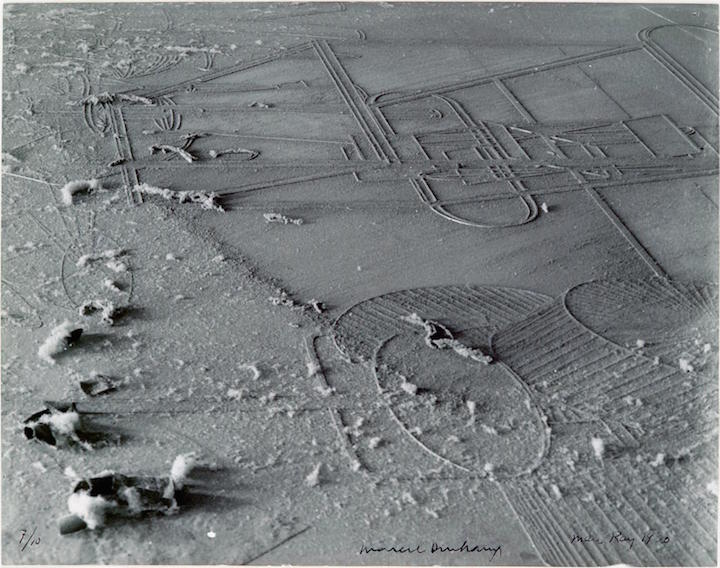
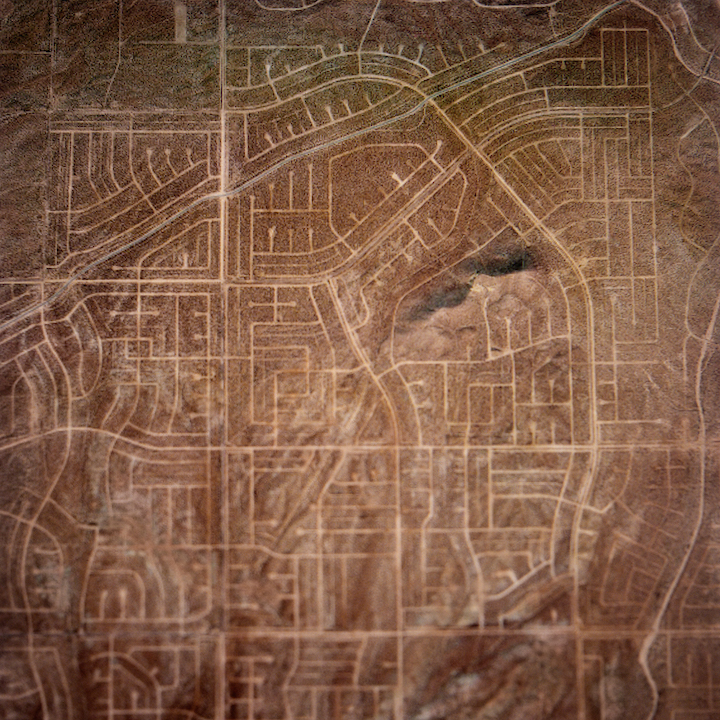
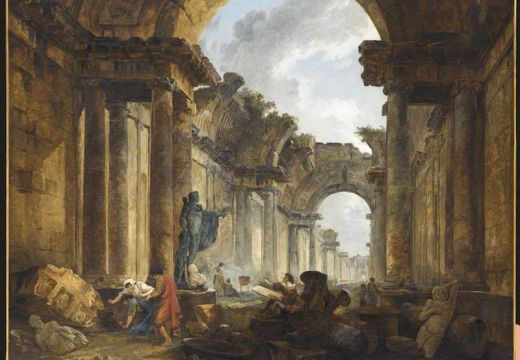
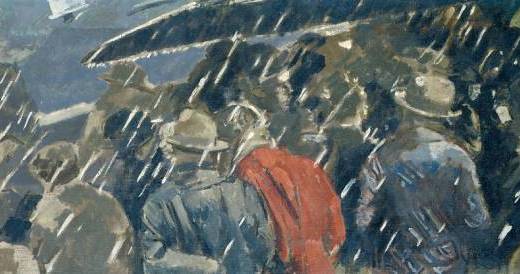
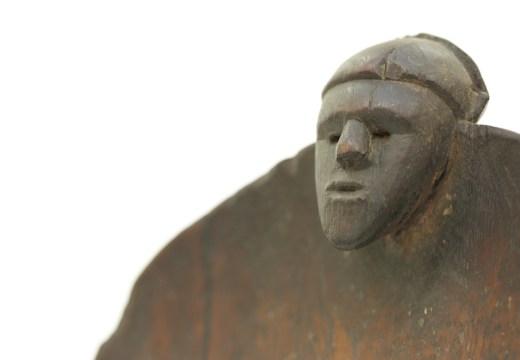









![Masterpiece [Re]discovery 2022. Photo: Ben Fisher Photography, courtesy of Masterpiece London](http://www.apollo-magazine.com/wp-content/uploads/2022/07/MPL2022_4263.jpg)
It’s time for the government of London to return to its rightful home